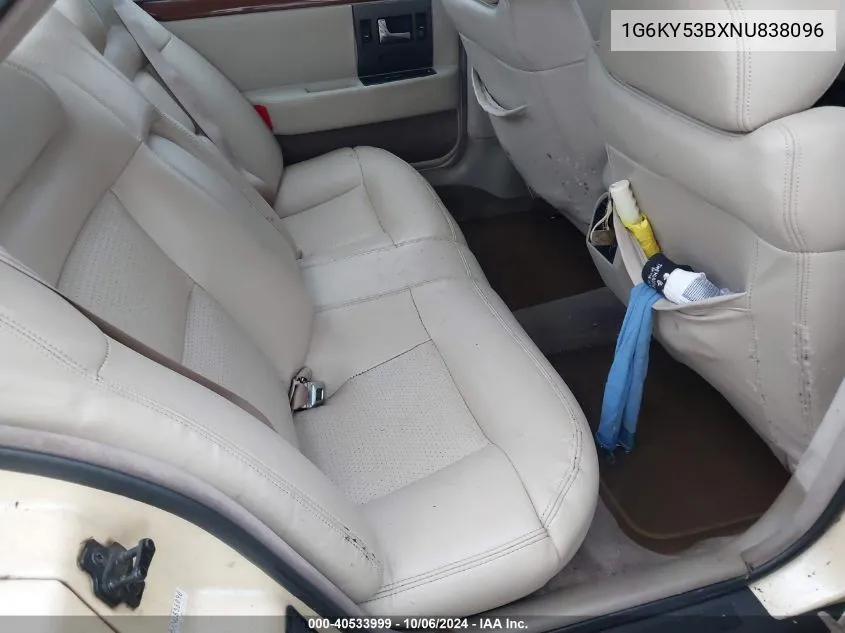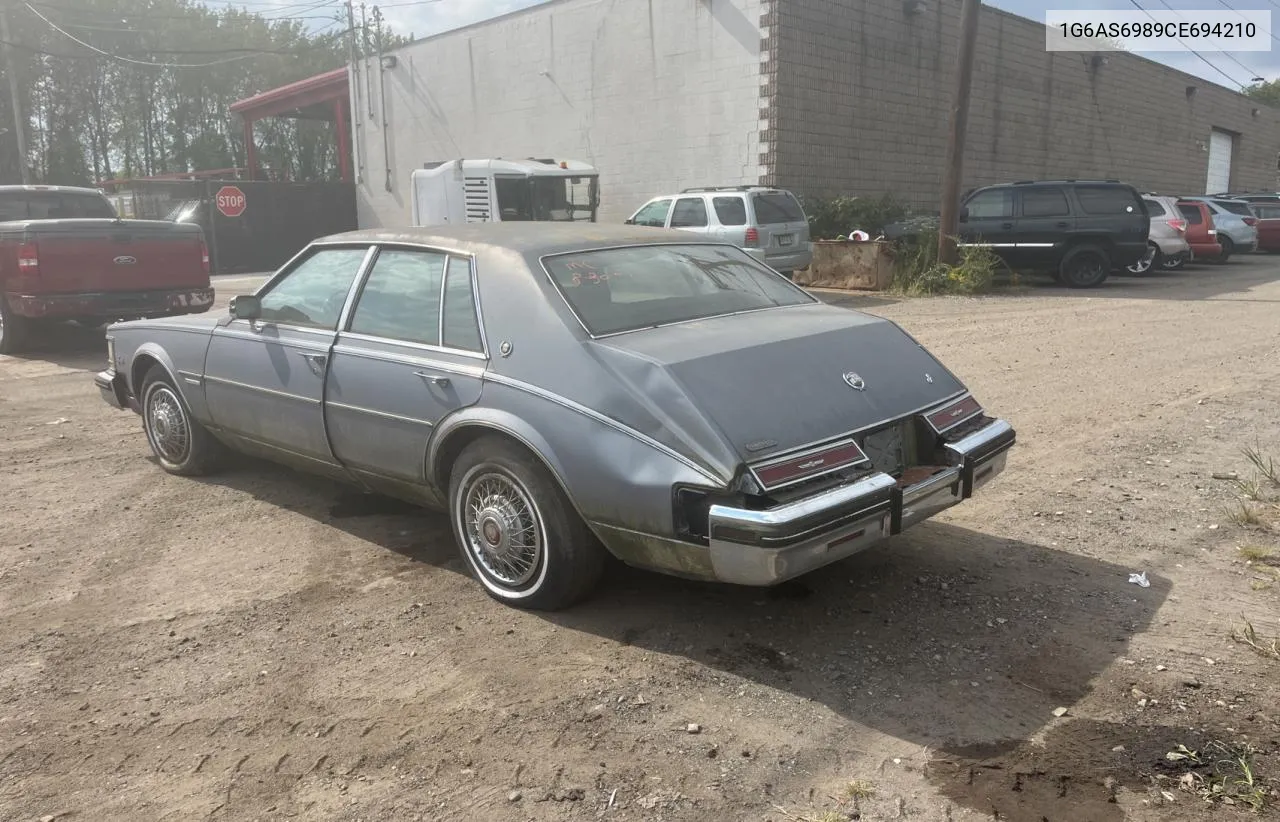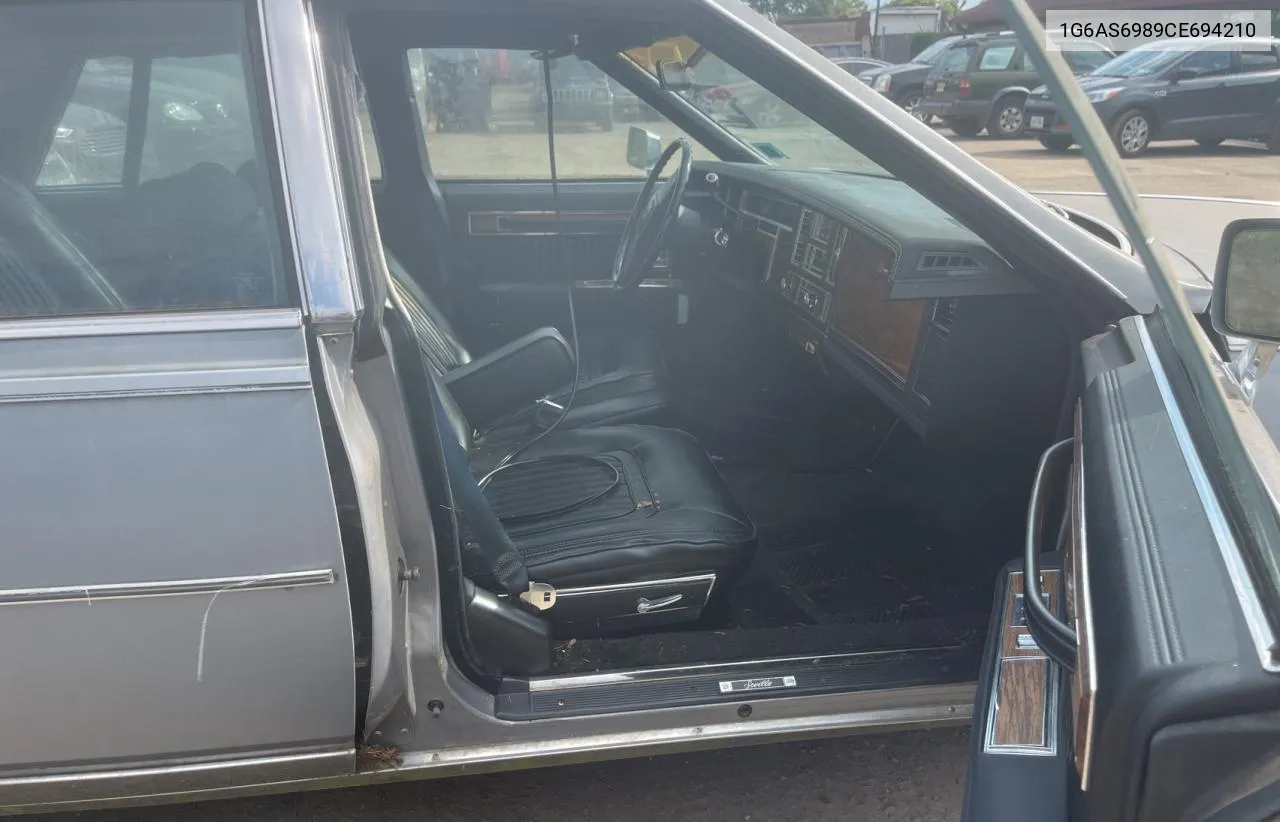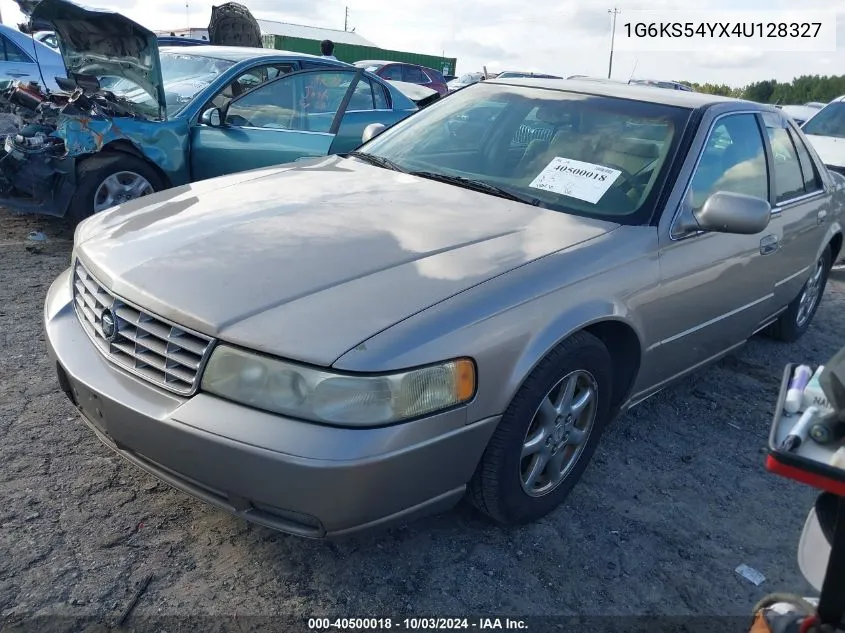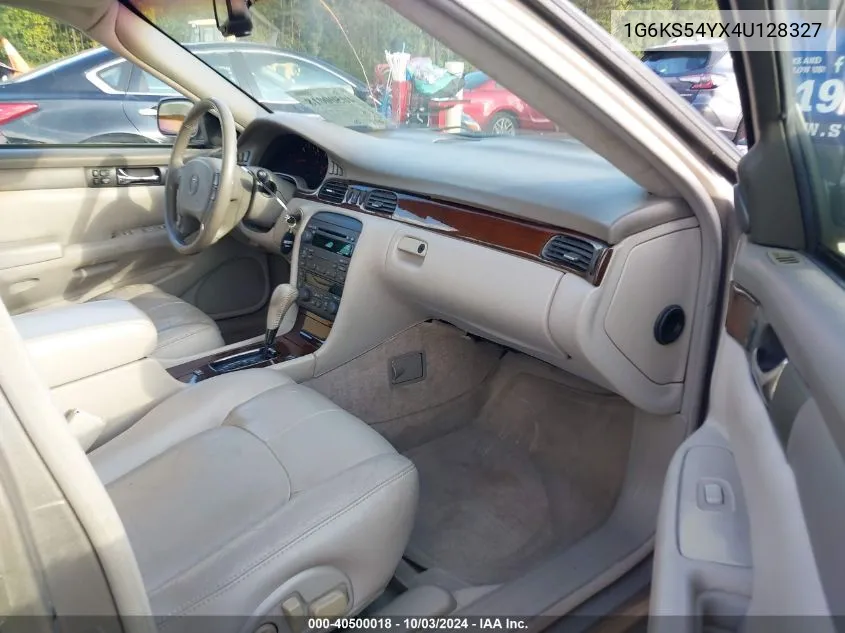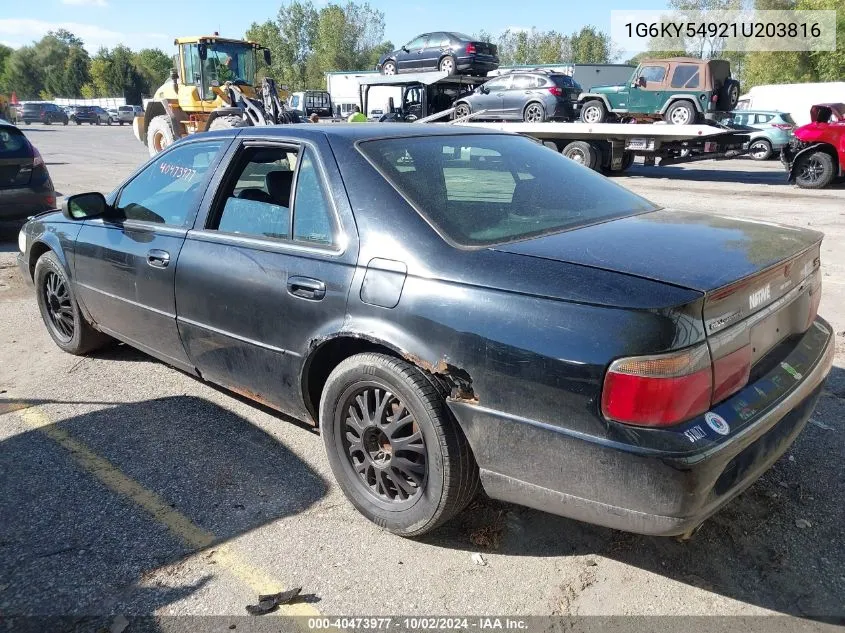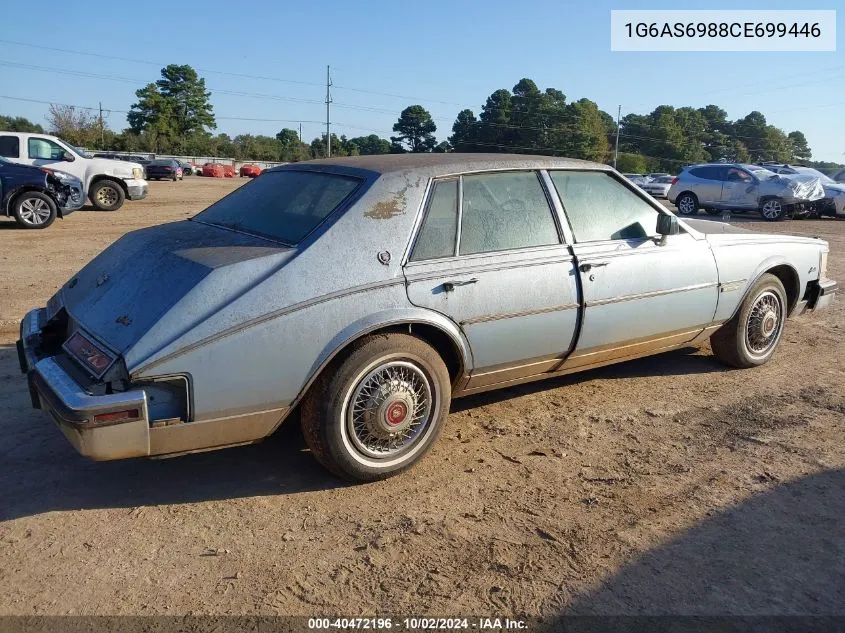Cadillac Seville (53)
2003 Cadillac Seville Sts
1992 Cadillac Seville Touring
1998 Cadillac Seville Sts
1998 Cadillac Seville Sts
2000 Cadillac Seville Sls
1997 Cadillac Seville Sls
2003 Cadillac Seville Sls
2001 Cadillac Seville Sts
1999 Cadillac Seville Sls
2003 Cadillac Seville Sls
1992 Cadillac Seville Touring
1997 Cadillac Seville Sls
1982 Cadillac Seville
2003 Cadillac Seville Sts
2001 Cadillac Seville Sts
Cadillac Seville is one of the most iconic models of the American automobile industry. A luxury car, produced from 1975 to 2004, it became a symbol of style and comfort. Over time, the model has undergone many changes to meet market demands and customer preferences.
The history of the Cadillac Seville includes five generations, each of which had its own unique features and innovations. In this article, we will look at the history of the model, its modifications, color options, years of production, sales volumes, as well as the most successful and problematic versions.
History of the model and its modifications
First generation (1975-1979)
The first generation of the Cadillac Seville appeared in 1975. The car was a response to the oil crisis and competition from European manufacturers. It was the first compact Cadillac equipped with a 5.7-liter V8 engine.
Second generation (1980-1985)
The second generation, released in 1980, was radically redesigned. The car received front-wheel drive, as well as a unique "notchback" rear end that distinguished it from other Cadillac models. Engine power was reduced to improve fuel economy.
Third generation (1986-1991)
The third generation was released in 1986. The car was built on a new platform and featured a more aerodynamic design. In 1990, the high-performance version of the Seville STS (Seville Touring Sedan) was introduced, which became the forerunner of all subsequent sports versions.
Fourth generation (1992-1997)
In 1992, the fourth generation of the Cadillac Seville was released, which brought many innovations to the model. The car received the Northstar V8 engine, which became the model's calling card. The Seville SLS (Seville Luxury Sedan) version, focused on comfort, was also introduced.
Fifth generation (1998-2004)
The fifth and final generation of the Cadillac Seville appeared in 1998. The car retained its stylish and elegant design, but received even more technology and improvements. In 2004, production of the model was completed, and its place was taken by the Cadillac STS.
Colors and years of production
Over the years, the Cadillac Seville was offered in a wide range of colors. Among the most popular colors were:
- Black
- White mother of pearl
- Dark blue
- Red metallic
- Silver
Each generation had its own unique color options, allowing buyers to choose a car to suit their taste.
Sales volumes and successful models
During its production, the Cadillac Seville sold about 500,000 cars. The third generation was the most successful, especially the Seville STS model, which gained popularity due to its sporty characteristics and high level of comfort.
Problematic models
Despite its success, the Cadillac Seville had its problems. The second-generation models are considered the most problematic, especially the early versions with V8-6-4 engines, which had reliability and performance issues. Some fifth-generation cars also suffered from electronic and transmission problems.
Cadillac Seville History Summary
The Cadillac Seville has left a mark on the automotive industry, offering a combination of luxury, innovation, and style. From its first release in 1975 until its discontinuation in 2004, the model has gone through several significant transformations that have reflected changing tastes and technology.
The Cadillac Seville modifications demonstrated the evolution of design and technical characteristics, making the car more and more modern and comfortable. Each new release brought something new, while maintaining the unique spirit of the brand.
Short review
- Colors and Years: The Cadillac Seville was offered in a variety of colors to match the spirit of the times. The model history includes five generations, each of which brought its own changes to the palette.
- Sales: The number of cars sold varied, with peaks in popularity in certain years. Successful models were reliable and attractively designed, while problematic versions often suffered from technical problems and shortcomings.
Thus, the Cadillac Seville can be considered as a significant part of the brand's history, which contributed to the development of the automobile market. Despite the end of production, the Seville legacy continues to live, leaving memories and inspiring new achievements.














































































































